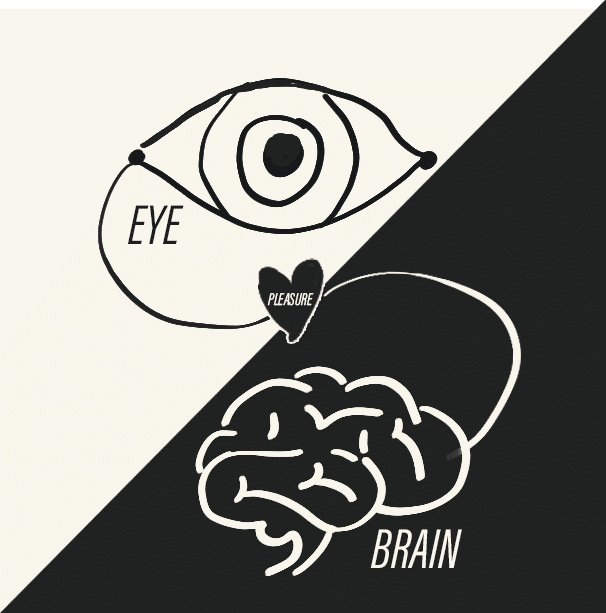September 9, 2019
DRTV Observations & Insights

The first TV ad aired on July 1st, 1941, and it leaves a lot to be desired from a DRTV perspective. No call to action, no end card, no promo, and limited personalization. The form has matured a lot since then. We’ve prepared a handy checklist of DR pro tips. Read on to see the list, and the observations and insights that inspired it.
ONE
OBSERVATION: NeuroMetric testing (aka eye tracking and brainwave testing of ad viewers) often shows that the appearance of the product being advertised spikes the pleasure centers.
INSIGHT: As any creative who works with NeuroMetric-style testing will tell you, this often leads to clients insisting on showing product, product, and still more product. It’s also hard to square logically – if showing a product makes people happy, all ads would just feature the product and all ads would be effective, a theory that simply doesn’t pan out in the real world. This phenomenon makes more sense when you account for pattern recognition in the human brain: we are wired to find patterns, and the brain releases pleasure endorphins when we “close the loop.” When we see an ad that features a husband and wife arguing, there’s some confusion: where is this going. When we see that they’re arguing over, say, the best way to save money on car insurance, the loop is closed and people lean back in satisfaction: they know where this is going and they can relax and go back to watching.
TAKEAWAY: Either front load the product for messaging clarity and engagement or make the reveal of the product a satisfying and memorable “punchline” that locks viewers in and makes them susceptible to the call to action.
TWO
OBSERVATION: 84% of smartphone and tablet owners use their devices as a second screen while they watch, and 30% of second screeners are searching for show related info while they watch.
INSIGHT: Perhaps modern viewers need something to do something else while they’re watching television. Perhaps the second screen makes the experience more enjoyable by giving them more control. When a major moment occurs on TV, Google reports “a search spike.” The same applies to advertisements.
TAKEAWAY: “Lift search results” is rarely in the creative brief, but perhaps it should be. Brands can utilize the search lift in two ways – both by using ad words to dominate the category, and by using creative that inspires more interesting searches (example: mail order underwear with the red monkey), to tie more terms and links to their funnel, and organically use TV ad spend to lift the effectiveness of spends in social and other online platforms.
THREE
OBSERVATION: Spend on TV advertising can be 2.7 times higher than online channels before there is a significant decrease in efficiency, 2.5 times higher than print and 2.8 times higher than radio.
INSIGHT: Part of this has to do with the amazing reach and scale of television, and part of it has to do with our relationship to the medium. For better or worse, TV is the flickering campfire that we choose to rest our small family tribes in front of, and there’s some latent, cultural cachet to it, in the same way that the same advice sounds a lot better coming from a bookstore purchase than a recently downloaded eBook. OTT, the new way to watch for millennial cord-cutters, is quickly becoming synonymous.
TAKEAWAY: Given that TV has the intangible benefit of being a trusted medium, brands should convey trust with a higher production value than purely social ads.
FOUR
OBSERVATION: A study of DRTV by GroupM found that approximately 80% of total response was generated after a viewer had seen an ad for the first or second time.
INSIGHT: The implications of this are that DR campaigns should maximize reach and minimize the number of times the same person is exposed to an ad more than twice, or use retargeting strategies like following up with 15 second spots.
TAKEAWAY: We are 22 times more likely to remember a fact when it has been wrapped in a story. CMO’s are rightly focused on growth, but growth is paired with the strength of their creative. If creative ends up being a shopping list of features and numbers, it may quickly outlive its usefulness.
